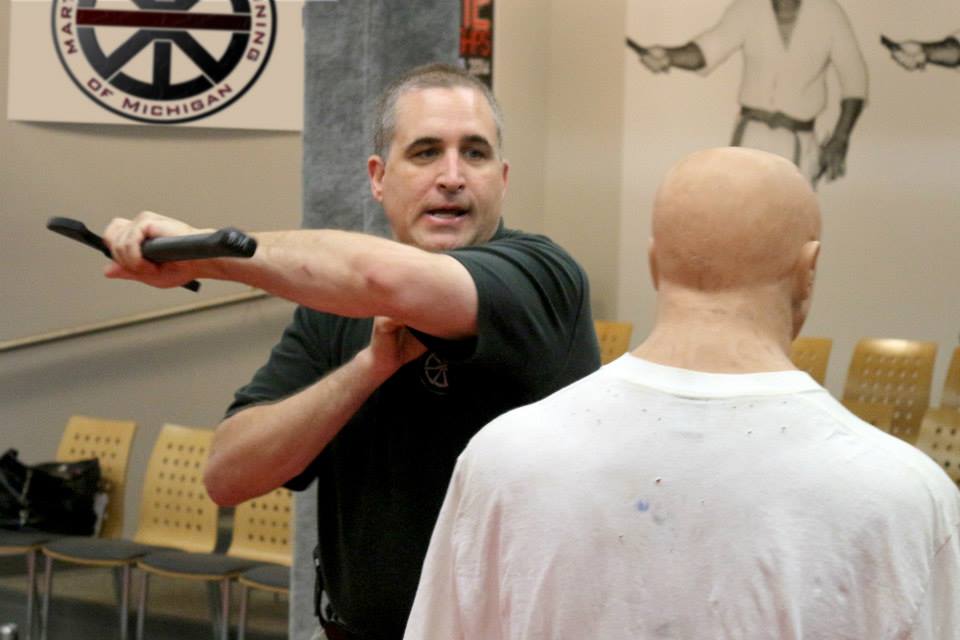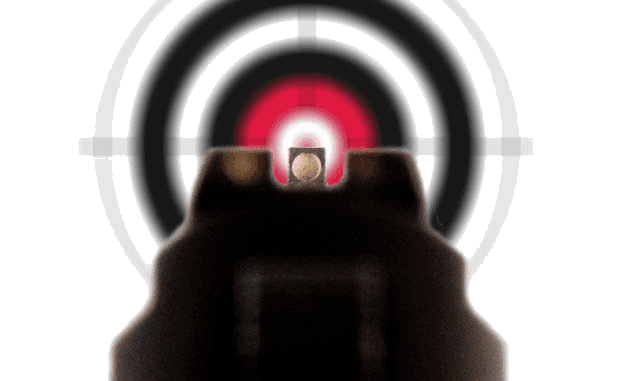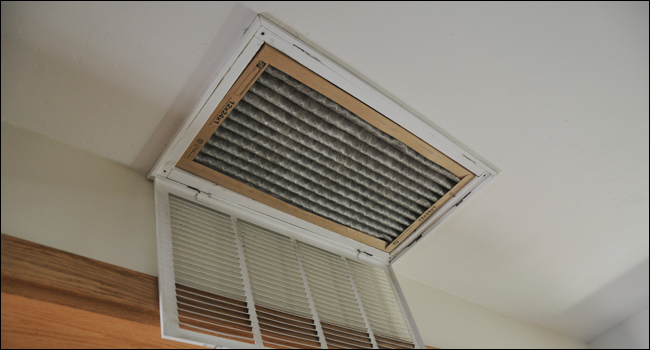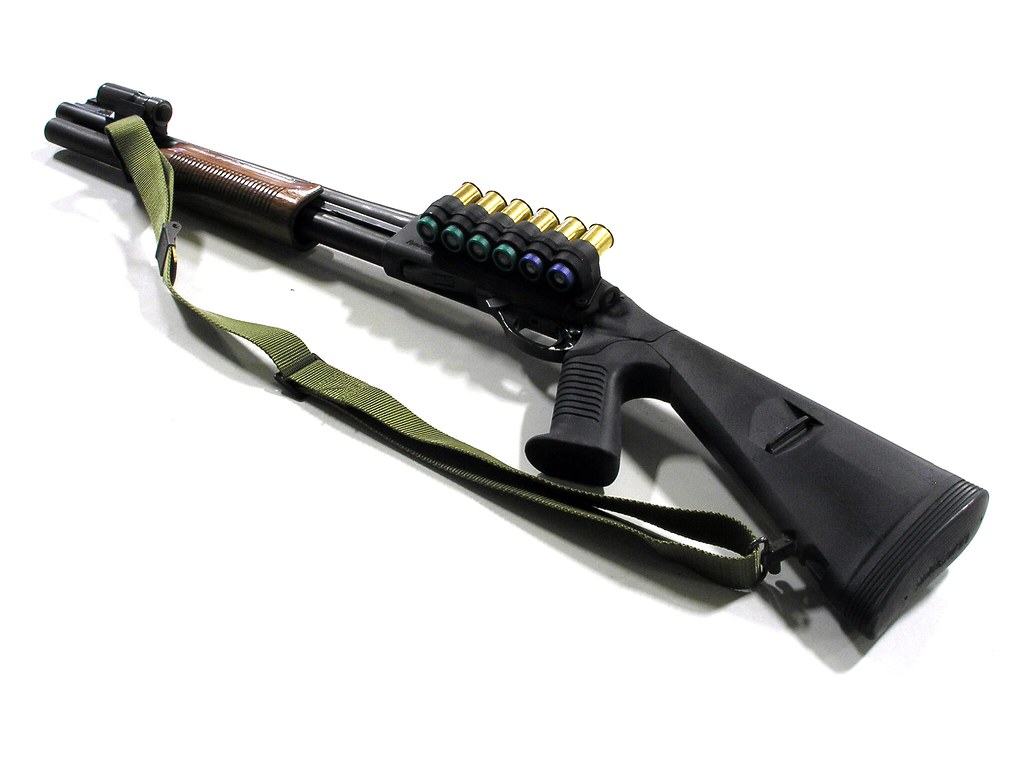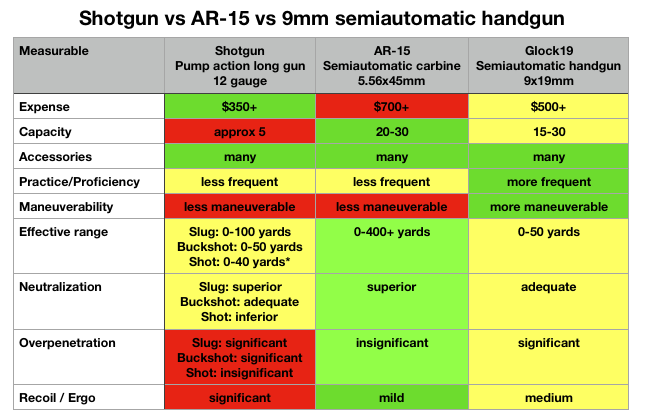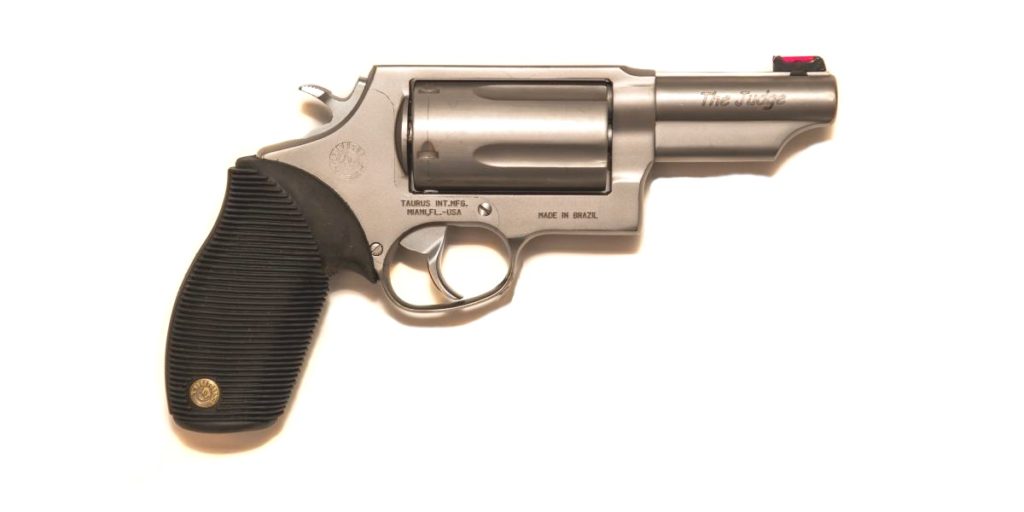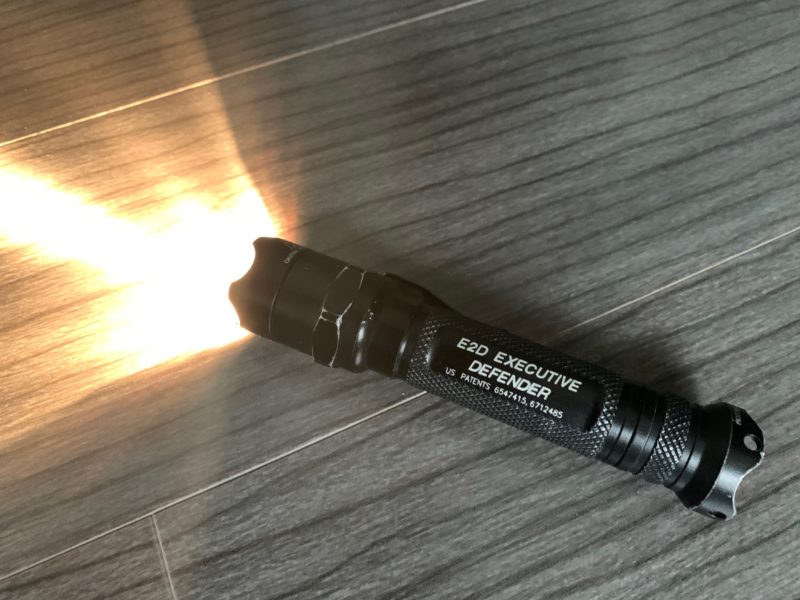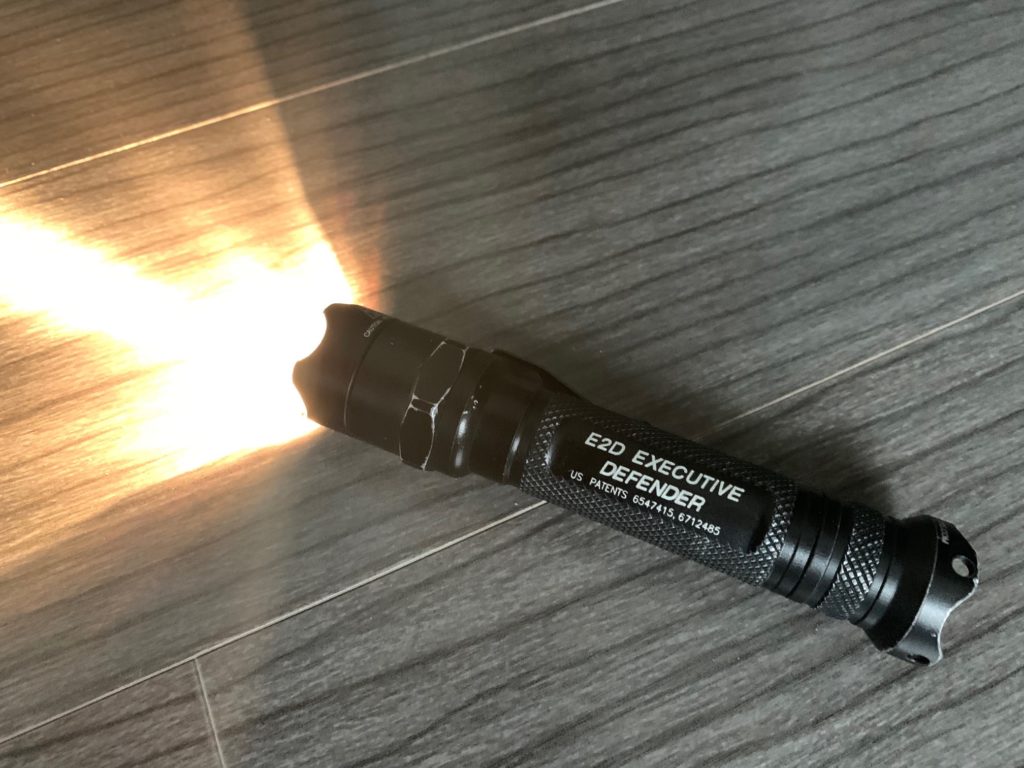A number of protection ideals I’ve learned through my career as a student and an instructor have tied together in interesting ways. While each of them are individually worth their own article, I’ve come to realize they are facets of the same quality: Initiative. In the context of use here, initiative is ultimately the mentality of self ownership, willingness to act, and having a plan to enable.
These lessons are:
- Action vs Reaction
- Control the Encounter
- Never Give Up
Action vs Reaction
The truth of a protective mindset is we are usually reacting to threat. A great many instructors say “act, don’t react”, but acting first is usually considered aggression. A peaceable people will not initiate violence. We may be forced to react to it in some way, and we may have enough heads up to preclude violence entirely (escape and avoidance). We may have trained diligently for the situation and can easily handle neutralizing the threat in some way, but nonetheless we are reacting to the presence of the threat. So where does “Action, not reaction” come in to play? The best way to characterize this is “Now that I am dealing with this situation, I’ll work MY plan, not theirs”. If my plan for dealing with someone attempting to grab me is to throw punches and make distance, I’m going to enact MY plan to do so because that’s what I might be better at. Bad Guy is still a contributor to my actions because he poses a threat, which can vary (he could start by shoving then pull a knife), but my mentality is one of “I am in charge of me, and now you must react to the violence I am visiting upon you.” This ties very closely with controlling the encounter.
Control the Encounter
Once the determination to enact the plan is made, controlling the encounter is priority. The first step is to never, ever, ‘surrender’. We cover this in some depth in our Concealed Pistol course because it is so very important.
Surrender is different than ‘submit’. If Bad Guy completely gets the jump on you and demands your wallet at gunpoint, remember, YOU are in control of the encounter. You may likely choose that giving him the wallet is the best choice for you at the time, and you may submit to the request and do so, but your mindset must never enter a state of surrender where you think “he has a gun so I have to do what he says”. Once you’ve mentally surrendered, and if things turn worse, you must now overcome your own compromised mentality as well as the threat the bad guy imparts. For instance, once you’ve handed over the wallet and he follows up with “and get in the trunk”, the last thing you need to be doing is regaining mental control over yourself and the situation.

By maintaining a mindset of controlling the encounter, you continuously ensure you are mentally in charge, despite the odds of the scenario. It matters.
Never Give Up
Our bodies can push on far longer than our brains think. Continued training reinforces this, and so many endeavors have been decided on willpower over skill.
From a protection standpoint, in general the defender does not need to defeat Bad Guy, merely outlast him. Bad Guy need anonymity, concealment, and quick action to carry out Bad Guy things. Once enough phones are recording him and the sirens can be heard, Bad Guy’s time doing Bad Things is limited. Often, defense is merely outlasting.
Even if rescue is not imminent, Bad Guy knows the risks in doing Bad Things. He’s looking for quick and easy. Once the defender demonstrates he is not an easy target, and especially if the defender exhibits control of the encounter, Bad Guy realizes he isn’t getting what he wants and moves away quickly. In this case, it wasn’t being exposed, or imminent police arrival, it was Bad Guy’s lower resolve that ultimately ended the controntation.
An Example
I use this example in our Michigan Concealed Pistol class for a few reasons. Primarily it is to convey that not all altercations are physical or lethal force encounters, but just as importantly, to Act, and to Control the Encounter.
I work on the west side of Ann Arbor, MI. There’s a Meijer there, and I was pumping gas into my Jeep. The CPL class teaches to Make a Plan, Practice the Plan, etc., and I had taken that to heart years earlier by envisioning various scenarios. One of which was being approached while pumping gas.
A rather dumpy looking guy was hovering near the front of the convenience store there, and I had made a note of him because it was an odd place to just loiter. He wasn’t smoking , leaned up against the wall casually, or anything that suggested he was just waiting for someone inside. While pumping gas I kept an eye on him.
I noticed him look around, and his eyes swept the 6 or 8 aisles of pumps at the station, then he turned back to the pump near me. He approached a guy on the other side of the pump and got right in his face demanding money so he could get some gas. He was not extremely loud, but very forceful, and clearly attempting to intimidate the guy pumping gas.
While this was going on, I performed the couple ACTIONS to better my position. I assumed that Bad Guy would come to me next, since he surveyed all the pumps being used, I guessed that he wanted to surprise and intimidate as many people as he could (hence the not-very-loud voice used). I also assumed he’d take the quick way from pump to pump, around the side near the store.
- Action 1: I unzipped my coat so I had access to my holstered and concealed firearm. I guessed that because this guy gave up on the first gas pumper that he wasn’t really going to attack, but I wasn’t leaving it to chance.
- Action 2: I repositioned myself so I was on the opposite side of the gas hose, and could quickly get around the corner of my Jeep for concealment in a single step.
Bad Guy did indeed come around the front of the pumps, and with a very belligerent look said “You’re going give me some money”, as he started advancing towards me. He was met with me, very loudly and forcefully, commanding “STOP. NOT ANOTHER STEP!”.
He literally stumbled backwards just at the strong verbal commands. After regaining his composure somewhat he advanced again saying “I just need some….”
“THAT’S FAR ENOUGH!” I again strongly commanded. The look of hatred in his eyes would be comical if I wasn’t worried how he’d react. “I’M NOT GIVING YOU A THING. GET OUT OF HERE!”
By now, other motorists were watching at other pumps. He realized he was not in control of the encounter with me, and moved to the next aisle of pumps, where a lady in her late 30’s was pumping gas. She looked absolutely terrified as he started towards her.
“I DON’T THINK SHE HAS ANYTHING FOR YOU EITHER.”, I forcefully stated. He turned to me (I had concealment from my vehicle and was watching his hands more than anything else) and the look of hatred was palpable. He ended up giving me a gesture, and walked into the store. The look of relief and thanks the lady gave me was something I’ll remember forever.
Again, I use this example because I don’t want my students thinking the firearm is the answer to all their problems. This was not a physical or lethal force incident, but the potential for it was there. I didn’t know what Bad Guy was armed with or what he might do.
But most germane to the topics at hand are that even though I was reacting to Bad Guy’s presence and actions, I enacted my own actions to ensure my safety. When Bad Guy rounded the corner and engaged me, I controlled the encounter. He was unable to enact his attempts at surprise and intimidation, and realizing he had lost control of the encounter, gave up dealing with me.
A more subtle lesson here is Never Give Up. I didn’t know the lady in the aisle next to me, but in the moment I included her in my protective sphere (the people we will choose to protect). By not giving up, and extending my control of the encounter past immediate threat to me, my resolve in the situation outlasted his and he stopped (at least, until I was gone).

The Mentality of Initiative
The aspects of acting and not merely reacting, controlling the encounter, and never giving up form an overall mentality of initiative. The mindset to act, take control, and prevail. This mentality of initiative is a paramount mindset to instill in yourself. In all your endeavors, train with diligence, be in control mentally, and persevere in your effort, and you are training the mentality of initiative.








